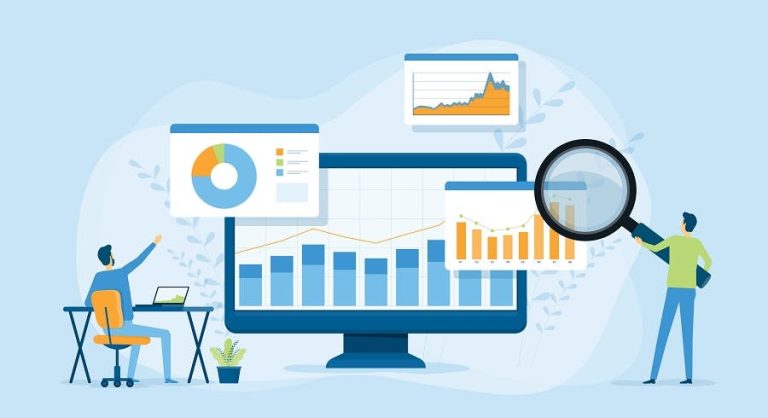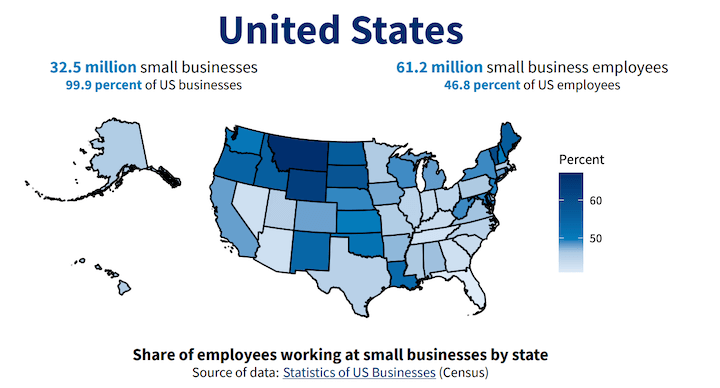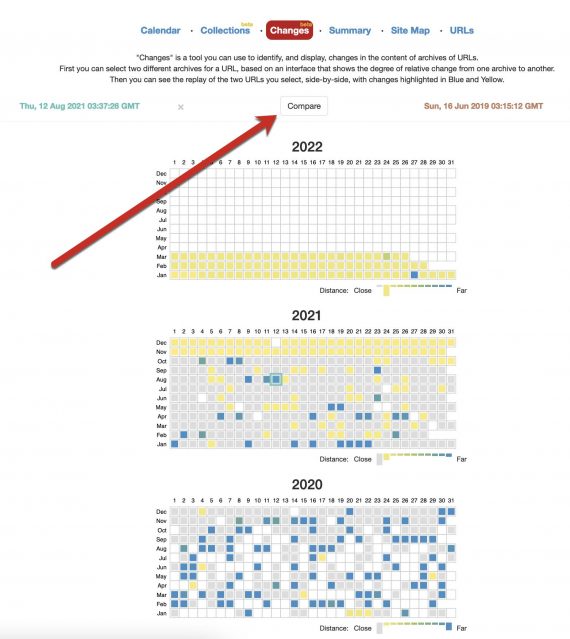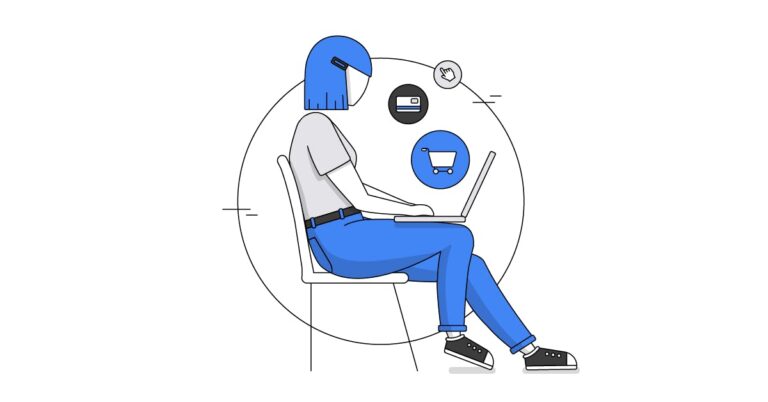
In an article for Forbes, SAP’s Maria Morais writes of ‘a call for flexible, creative, and empathic experiences’. She highlights the DIY trend for example – this was pronounced early in the pandemic and gave rise to people doing more activities themselves, such as crafts or recipe boxes, not to mention home improvement.
Eve Sleep CEO Cheryl Calverley put it succinctly at the end of 2020: “The wise consumer is going to come with a very different set of expectations to this ecommerce space,” she told Econsultancy. “The sort of expectations they have had for John Lewis, Debenhams, and M&S – and they’re now going to expect it [from] ecommerce brands.”
Brands will strive to get closer to loyal customers, build out their first-party data, and equip themselves to market in an environment where media and commerce draw ever closer together. The boom in social commerce means brands need to skill-up or work closer with agencies in areas such as performance marketing.
In part because of acquisition costs that continue to rise, marketers have redoubled their efforts to retain customers. Morais argues that “naturally, unification of data and personalisation become top of mind,” for marketers focusing on longer-term customer relationships. This proved to be the case at a recent SAP roundtable where retailers discussed their plans for investments in 2022. Asked about their top two considerations for digital commerce strategy in 2022, 43% of attendees earmarked personalisation, which was top of the pile, followed by ‘automation of customer interactions using tech and data’ (29%).
The learning curve in ecommerce is set to continue in 2022. New customers, new competition and new technology abound, with pandemic uncertainty still front of mind.
Flexible, creative, and empathic experiences
Creativity more broadly is at a greater premium as competition online continues to grow. It’s not enough to have a usable website with great product, your ecommerce branding and online advertising sits downstream of brand strategy. Content has to carry-through the brand.
And, finally, empathy. This could refer to the culture of customer-centricity that has long been advocated by some digital-first retailers. Post-sale service in particular could become the crux of customer retention. But there’s also an interesting recalibration of what a personalised service or experience looks like. With third-party cookies being phased out, hyper-targeting has lost appeal, and brands should take a more measured and human approach to personalisation, focusing on what customers truly value. On a recent podcast, for example, SAP’s Morais said, “real-time is a design decision, it’s not a condition for personalisation”. Though speed can of course be an advantage, the point is that brands should not let the possibilities of tech dictate their strategy.
Baby boomers, to use one demographic as an example, are spending more of their money online and they need to trust that: their package will arrive on time, their personal data is being used responsibly and as outlined, products are represented truthfully, payment is secure, and customer service is readily available.
SAP’s Maria Morais is also co-founder and chair at Circklo, helping to develop digital businesses for both profit and purpose in the circular economy. Writing in the Wall Street Journal, she earmarks a report by SAP and Oxford Economics which found, in a survey of more than 2,000 small and midsize businesses, that 73% of ‘top performing’ respondents named ‘sustainable practices’ as one way of measuring quality of customer experience. This was fourth on a list, behind high quality products and services (88%), competitive pricing (82%) and fast, convenient delivery (80%).
The D2C evolution
Investment in reliable fulfilment will also open up new business opportunities.
For ecommerce experiences specifically – flexibility, creativity and empathy may prove a powerful rule of three. Flexibility is going to be a valuable trait, both in terms of how customers can self-serve and also in how businesses can quickly adapt to supply chain issues or bricks-and-mortar disruption. From online merchandising to advertising creative to fulfilment options, having backend and frontend working seamlessly together will reduce waste and, just as importantly, customer frustration.
Unified commerce – one modular platform that serves all sales channels – has long helped tech-savvy retailers optimise fulfilment, overstock and inventory levels, sale stock, and store distribution. It also has obvious benefits if CRM can join up in-store and online activity to paint an accurate picture of loyalty.
…and the omnichannel imperative
Key for retailers will be navigating supply chain issues, and weathering the impact of any new Covid restrictions by forging strong customer relationships across digital channels. Ultimately, the task is arguably to foster trust amongst consumers in a hybrid form of commerce long-term.
Sustainable practices make for great customer experiences
Roll on 2022.
As Morais writes, “Individually, these elements of the customer experience are essential. But when combined, they can fuel powerful customer engagement… in today’s uncertain environment.”
Resilience enabled by tech and data
No doubt there will be some exciting trends in online shopping in 2022, including new developments in immersive and mixed-reality experiences, q-commerce, retail media and AI, to name a few. But those brands that develop infrastructure to support flexibility and to deepen customer relationships will be well-positioned despite continued turmoil in the retail sector at large.
Big brands from FMCG to consumer electronics saw their D2C ecommerce revenue soar in 2020 and have continued to invest in customer relationships in 2021. And though there are complexities to D2C – Funko’s VP of Marketing and Business Development EMEA, Eva Verhaak, for example, recently told Econsultancy, “We had to be clever in terms of how we would reach our fans without significantly impacting our retail partners.” – this doesn’t mean that selling direct isn’t going to be a continued trend.
All online shoppers are experiencing ecommerce in light of their changing lifestyles. So, what are the ongoing trends that will focus business minds over the next 12 months?






